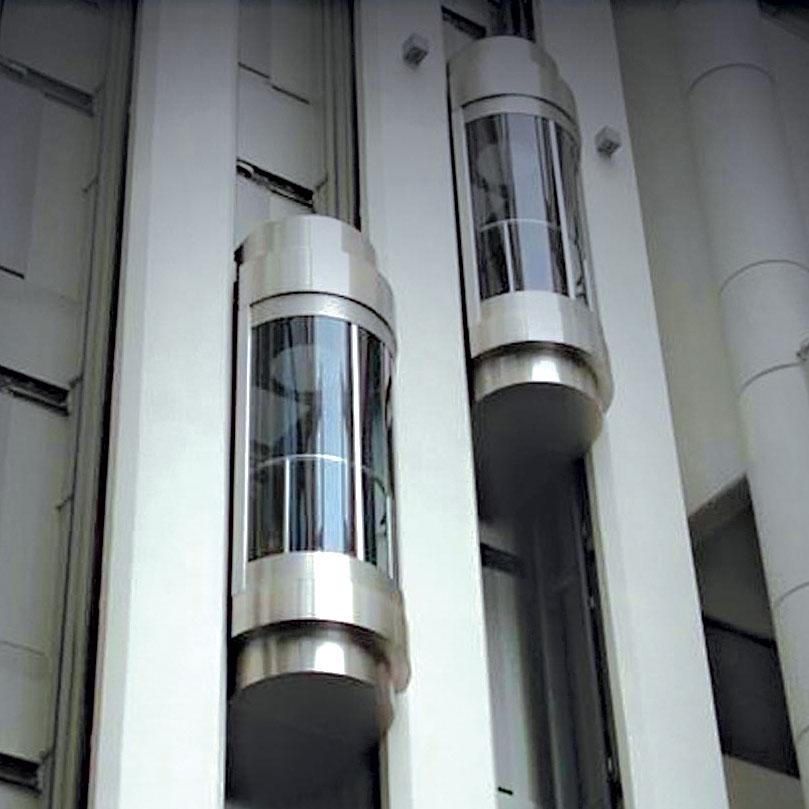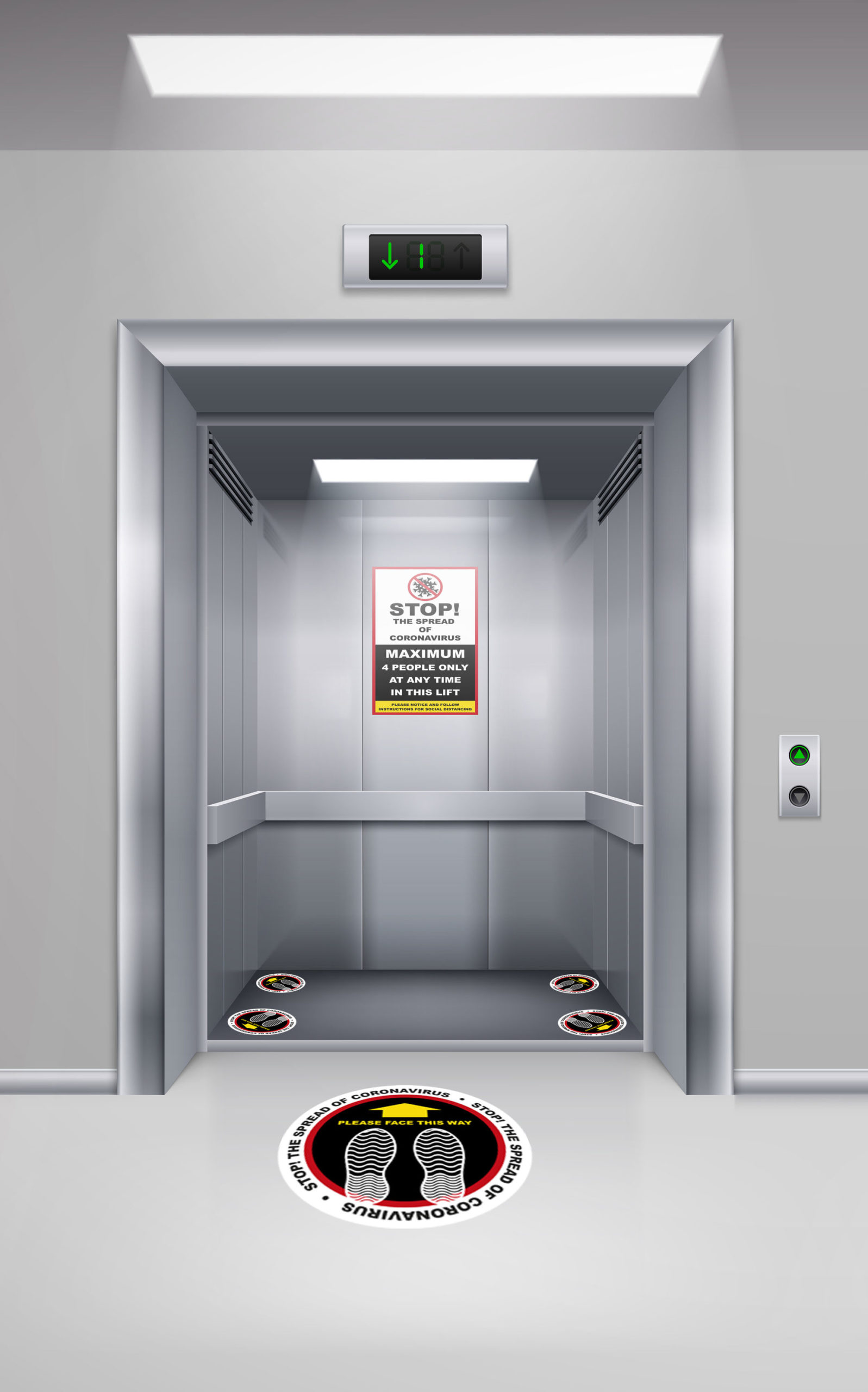London Lift Company: Trusted Professionals for All Your Vertical Transportation Requirements
London Lift Company: Trusted Professionals for All Your Vertical Transportation Requirements
Blog Article
Unraveling the Intricacies of Lift Modern Technology: Troubleshooting Common Issues Throughout Lift Versions
In the realm of lift innovation, a myriad of intricacies commonly exist beneath the surface of what shows up to be a straightforward system. From slow-moving procedure issues to peculiar noises originating from the equipment, troubleshooting typical issues throughout numerous lift models demands a keen eye for information and an organized approach - repair and maintenance services. As we begin on this trip to untangle the complexities that can afflict these necessary tools, a deeper understanding of the inner workings and prospective mistakes of lift innovation is critical. Keep tuned as we navigate through the labyrinth of lift malfunctions, seeking services to the enigmatic issues that can interrupt the smooth performance of these vital devices.
Determining Slow Operation Issues

Following, inspect the electric links to make certain that all parts are properly connected and functioning. Faulty wiring or loose connections can lead to slow operation or complete breakdown of the lift system. In addition, it is essential to test the control system to determine if the issue lies in the shows or sensing units.
If the aesthetic assessment and electric checks do not expose the origin of the slow procedure, more analysis tests may be necessary. These can consist of pressure tests for hydraulic systems, voltage tests for electric elements, or running diagnostic software for the control system. repair and maintenance services. By following a systematic strategy to repairing sluggish operation concerns, you can successfully resolve the trouble and determine, guaranteeing the lift operates safely and efficiently
Addressing Weird Noises
To effectively repair lift innovation for strange sounds, a complete evaluation of the lift parts complying with the identification of slow-moving procedure problems is crucial. Unusual sounds in lifts can be a sign of underlying troubles that need punctual interest to make certain the safety and integrity of the system. Typical resources of strange sounds in lifts consist of worn-out or misaligned pulleys, harmed motor bearings, damaged or loosened suspension ropes, and malfunctioning control systems. When attending to strange noises, it is important to carry out an organized evaluation of these parts to determine the precise reason for the noise properly. This might involve examining for any type of visible signs of damage, examining the capability of motor bearings, tightening up loose links, and oiling moving components as required.
Additionally, it is vital to describe the lift supplier's upkeep standards and look for aid from certified technicians when dealing with complex lift components or unfamiliar troubleshooting procedures. By quickly dealing with unusual noises and dealing with underlying issues, lift drivers can make certain the optimum efficiency and security of the lift system for travelers and operators.
Handling Faulty Control Issues
An efficient strategy for resolving damaged control issues in lift technology entails carrying out a comprehensive analysis of the control system's elements and capability. When coming across issues with lift controls, it is crucial to very first check for any type of loose connections, harmed electrical wiring, or malfunctioning sensing units. Confirming that all control switches, keypads, and display screens are operating correctly is likewise essential in identifying the trouble accurately.
If no visible problems appear, service technicians should proceed to evaluate the control panel for any type of indicators of water overheating, rust, or damages, as these can usually result in manage breakdowns. In addition, resetting the control system or upgrading the software may assist solve particular glitches or bugs triggering the issue.

Tackling Hydraulic System Malfunctions
The effectiveness of hydraulic systems in lifts relies greatly on the correct functioning of different elements lift repair near me within the system. When hydraulic systems breakdown in lifts, it can lead to operational disruptions and safety concerns.
One more constant hydraulic system breakdown is a loss of stress, which can result from air entering the system, liquid contamination, or pump ineffectiveness. Technicians can address this by bleeding the system to eliminate air, changing infected liquid, or servicing the pump as needed. Additionally, irregularities in hydraulic liquid levels or uncommon sounds during lift procedure might show underlying system breakdowns that call for prompt attention to avoid additional damage. Routine maintenance and prompt lift companies in London troubleshooting of hydraulic system problems are critical to ensuring the efficient and safe operation of lift technology.
Handling Electrical Component Failings
Attending to electrical component failings in lift innovation requires a systematic strategy to detecting and solving problems to preserve functional performance and security standards. When running into electric problems in lift systems, it is critical to very first carry out a detailed assessment of the electrical elements, including control board, electrical wiring, sensing units, and circuit card. Any indicators of damage, corrosion, loosened connections, or burnt aspects should be meticulously noted and resolved immediately to prevent more problems.
In the instance of electrical part failures, it is important to follow maker guidelines for fixing and repair procedures. This might include checking the components making use of multimeters, oscilloscopes, or various other diagnostic devices to identify the specific source of the malfunction. In addition, having a comprehensive understanding of the lift's electric schematics and circuitry diagrams can help in recognizing and rectifying problems successfully.
Regular maintenance and assessment schedules can help stop electrical failings by finding possible issues early. Proper training for lift professionals on electrical systems and parts is likewise important to make certain accurate medical diagnosis and effective resolution of electrical problems, inevitably adding to the general security and dependability of lift procedures.
Verdict
In verdict, repairing lift technology requires a systematic approach to identify and address common problems such as slow operation, strange noises, defective controls, hydraulic system breakdowns, and electrical component failures. By understanding the complexities of lift technology and adhering to correct repairing actions, service technicians can properly settle concerns and make sure the risk-free and effective procedure of lifts we maintain lifts throughout different designs.
To successfully fix lift technology for strange sounds, a complete assessment of the lift elements following the recognition of sluggish operation concerns is critical. Odd noises in lifts can be indicative of underlying troubles that need punctual interest to guarantee the safety and dependability of the system.An effective technique for addressing damaged control issues in lift modern technology includes conducting a thorough evaluation of the control system's parts and performance.The performance of hydraulic systems in lifts depends greatly on the appropriate performance of different parts within the system. repair and maintenance services. When experiencing electric issues in lift systems, it is critical to very first perform an extensive examination of the electrical elements, including control panels, wiring, sensing units, and circuit boards
Report this page